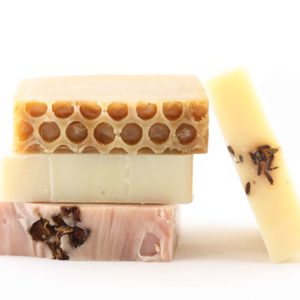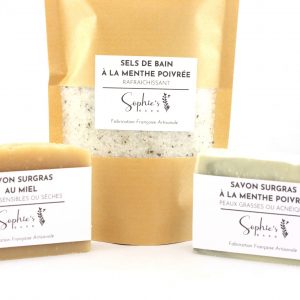Ever wondered if there are any natural alternatives to glitter? Who doesn’t love glitter? It’s a shiny, sparkly wonderfulness, available in every colour of the rainbow, and it’s used in thousands of different ways. From make-up to gift wrap, decorations, and jewellery, as consumers, we’re addicted. Plus, with Christmas coming up, we can expect to see an overload of glittery items on sale and glitter-adorned decorations strung up everywhere we go.
There is a dark side to glitter, though. It’s a microplastic, which means it’s not biodegradable. When we use glitter, we’re often finding it in the most unlikely of places for weeks afterward. Now magnify that on a global scale, and you can see the problems that glitter causes.
It ends up in our rivers, oceans, and other water supplies. Animals and even humans accidentally ingest it. It’s found in natural environments such as forests, fields, and the ground. Glitter is everywhere, and since it takes hundreds of years to degrade, it’s not going anywhere either.
But can we give up our obsession with glitter for the sake of the environment?
Yes! There are alternatives to glitter available!
Is it’s sparkly prettiness worth it? In short, no, it’s not. We need to give up the glitter, and we need to do it fast.
The easiest thing to do is to stop buying glitter or products containing glitter altogether, but that doesn’t mean you have to do without a little sparkly magic in your life.
Fortunately, there are several eco-friendly alternatives to glitter available, meaning you don’t have to entirely give up your addiction just yet.
Seven natural alternatives to glitter:
Crushed glass
While not particularly ideal for use in kids’ projects, crushed glass has a wonderful luxurious sparkle making it the perfect material for jewellery and ornament projects.
Crushed glass glitter is not the cheapest option, but it is the best alternative available.
Seed beads
Tiny seed beads are made of glass and available in every colour going. You can mix and match sizes and colours to suit your design. They’re cheaper than crushed glass and safe to use in kids’ projects.
Micro-beads
Even tinier than seed beads, micro-beads are also made of glass making them an eco-friendly glitter option.
The downside is that they’re not as sparkly as glitter and produce a more matte finish to your projects.
Confetti
Paper confetti comes in a vast range of designs and colours with shiny metallic options available too. Just make sure the confetti you choose is a biodegradable, plastic-free option. By the way, find out how to have a plastic free Christmas here.
Sand
Sand is as natural as it gets and can be coloured too. When sand catches the light, it can produce a lovely sparkle, but overall will look quite matte in appearance.
This material is an excellent option for craft projects but not so suitable for use on the body or in cosmetics (unless you’re making a body scrub!).
Nature’s alternatives to glitter
Finding glitter in nature is a great activity for kids to get involved in. While it won’t be sparkly, you can create a colourful mix of different materials like flower petals, leaves, and other bits and pieces. Cut them up into tiny pieces and use glue to stick them on drawings or decorations.
Biodegradable glitter
There are products available online that advertise themselves as eco-friendly glitter or biodegradable glitter, but finding out what makes them that way can be difficult. A lot of sellers might promote their glitter as biodegradable but don’t actually explain what it’s made of or how it degrades.
When choosing a seller, do your research and make sure you’re satisfied that the glitter is indeed made from a biodegradable material.
So there you go, Your life doesn’t have to be devoid of a little sparkle. These fab alternatives to plastic glitter can mean your projects are as stunning as they are kind to the environment.






